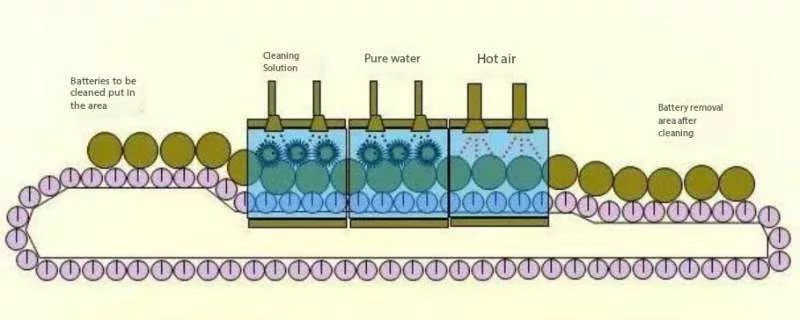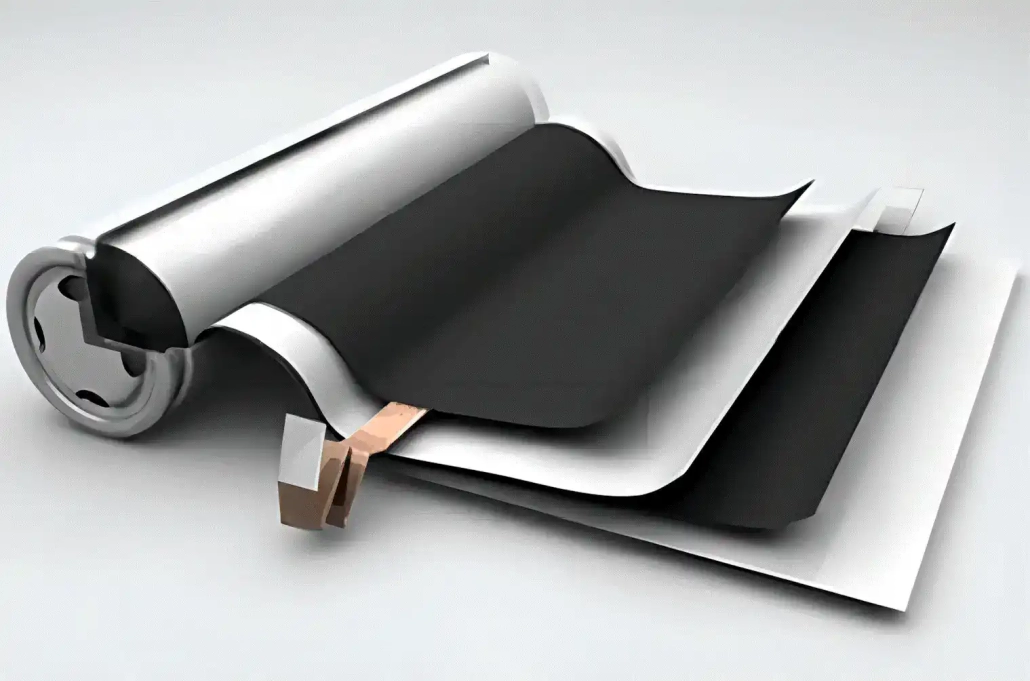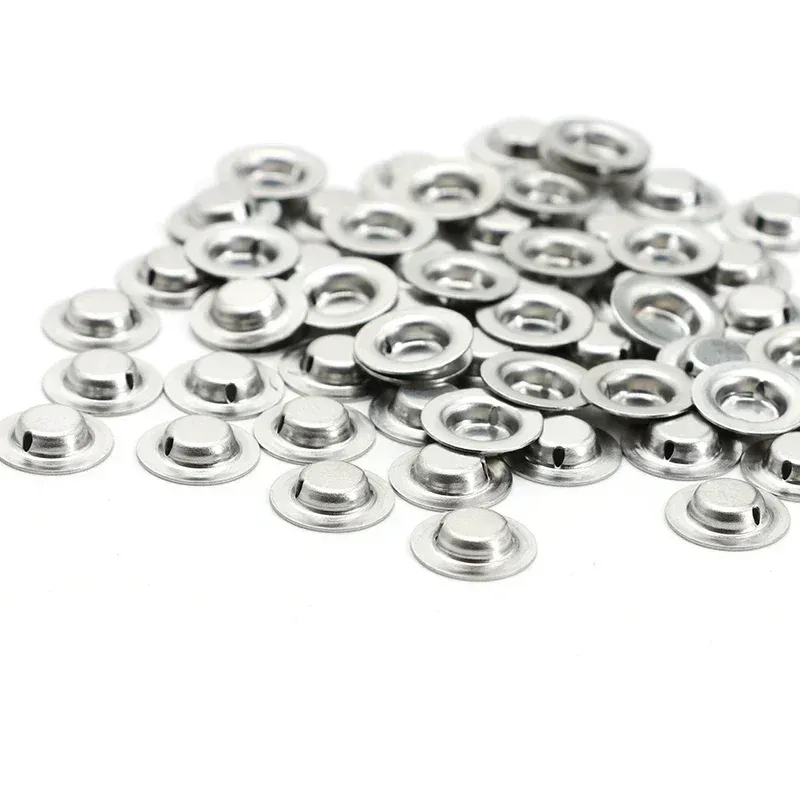Lithium-ion battery storage process at normal temperatures
main content
Normal temperature storage is an indispensable step in the production process of lithium-ion batteries. By placing the batteries in a stable environment of 15~25℃ and allowing them to stand still, key processes such as electrolyte wetting, SEI film repair, and internal stress release can be achieved. For lithium-ion start-stop batteries of motorcycles, normal temperature storage is not only related to the consistency of factory quality, but also a core measure to ensure their stable start-up and cycle life under the temperature differences of the four seasons. This article conducts an analysis from the aspects of technical mechanism, parameter control, the particularity of motorcycle applications and industry trends.
I. Physical and Chemical mechanisms of Normal Temperature storage
1. Electrolyte homogenization and wetting
After the battery is filled with liquid, the electrolyte needs to be fully soaked in the pores of the electrode plates and the separator. Under normal temperature conditions, the viscosity of the electrolyte is moderate (approximately 30~50 mPa·s). Through capillary action, it penetrates the diaphragm at a diffusion rate of 0.8~1.2 mm²/s (such as the Celgard 2400 type), and it takes 48~72 hours to achieve a wettability of more than 90%. The incompletely wetted area can lead to local polarization, causing capacity attenuation (the initial cycle capacity loss can reach 58%).
2. Dynamic reconstruction of SEI film
The SEI film formed by the initial formation undergoes reorganization during storage at room temperature: amorphous Li₂CO₃ transforms to the crystalline state, the thickness is optimized from the initial 1520 nm to 812 nm, and the film impedance decreases by 3050 mΩ·cm². This process can enhance the initial coulombic efficiency (0.5~1.2%) and inhibit dendrite growth.
3. Internal stress release and electrode plate deformation control
The residual stress generated by the winding/laminating process is gradually released during storage at room temperature. The height of the wavy edge of the electrode sheet drops from the initial 0.3~0.5mm to within 0.1mm, avoiding the risk of micro-short circuits under vibration conditions.
Ii. The Storage Particularity of motorcycle start-stop batteries
1. Anti-vibration and temperature alternating design
Structural reinforcement: A 6061T6 aluminum alloy shell (with a thermal expansion coefficient of 23.6×10⁻⁶/℃) is combined with EPDM rubber buffer pads to ensure that the shell deformation is ≤ 0.05mm under alternating temperatures from 40℃ to 85℃.
Gradient static storage strategy: Adjust the storage temperature in stages (25℃ constant temperature →20℃→15℃) to gradually reduce the viscosity of the electrolyte from 40 mPa·s to 25 mPa·s, thereby enhancing the wetting efficiency in the low-temperature zone.
2. State of Charge (SOC) management
Optimal SOC range: Before storage, the battery capacity should be adjusted to 50-70% (corresponding to an open-circuit voltage of 3.7~3.9V per cell), at which point the self-discharge rate is the lowest (approximately 0.5% per month).
Charging cycle: Every six months, the battery should be charged to over 70% to prevent the SOC from dropping below 30% and causing irreversible sulfation.
3. Environmental parameter control
Temperature range: 15~25℃ (ideal value: 20±2℃). Beyond this range, the capacity attenuation rate doubles (for example, the annual attenuation reaches 812% at 35℃).
Humidity control: Relative humidity 45 to 75%RH. Excessively high humidity (> 80%RH) can easily cause terminal corrosion, while too low humidity (< 30%RH) can lead to static electricity and dust adsorption.
Iii. Key Process Parameters and Equipment Innovation
1. Process parameter control
Storage temperature fluctuation: ±1℃, detected by PT100 sensor, and realized by Emerson TC9100 constant temperature warehouse.
SOC maintenance accuracy: ±3%, through coulometric integration +OCV calibration technology (such as Hioki BT3563 battery tester).
Humidity control accuracy: ±5%RH, equipped with Honeywell HIH9000 series dew point sensors.
Electrostatic protection grade: ≤100 V, surface resistance is detected by Mettler ME385 electrometer.
2. Intelligent warehousing system
Digital twin monitoring: A virtual model of battery status is constructed through 3D thermal imaging (FLIR T865) and impedance spectroscopy analysis (Gamry 5000E) to predict the remaining storage life in real time.
AGV automatic charging: The laser-guided AGV vehicle is equipped with a 0.1C pulse charging module to achieve in-situ charging for the shelves, avoiding mechanical damage caused by frequent handling.
3. Green storage technology
Temperature control of phase change materials: Paraffin/graphene composite phase change plates (melting point 22℃) embedded in the shelves increase the buffering capacity of temperature differences between day and night by 40%.
Biological desiccant: Modified corn starch adsorbent (moisture absorption capacity 300 mg/g) replaces silica gel, and the regeneration temperature is reduced from 120℃ to 80℃.
Iv. Quality Control and Industry Standards
1. Performance verification system
Capacity recovery rate after storage: According to the requirements of QC/T 10942018, after 6 months of storage at room temperature, the capacity attenuation of 0.2C discharge at 20℃ should be ≤3%.
Low-temperature start-up verification: In a 20℃ environment, with 300A pulse discharge (SAE J537 standard), the voltage drop is ≤15%.
2. Industry Trends
Solid-state electrolyte compatibility: Sulfide solid-state batteries are encapsulated in ALD alumina (510 nm), and the upper limit of humidity tolerance for normal temperature storage has been raised from 10%RH to 30%RH.
Blockchain traceability: By uploading inkjet code information on the chain (such as Hyperledger Fabric), the lifetime binding of storage environment data and battery health status is achieved.
Conclusion
Norm-temperature storage, as a "silent quenching" step in the manufacturing of lithium-ion batteries, is evolving from passive warehousing to active regulation. For the high-vibration and wide-temperature range usage scenarios of motorcycle start-stop batteries, through the application of innovative technologies such as phase change material temperature control, digital twin monitoring, and biological desiccants, the capacity attenuation rate during storage is controlled within 0.8% per year. In the future, with the popularization of intelligent charging robots (such as KUKA KR AGILUS) and perovskite humidity sensors, ambient temperature storage will achieve a leap from "environmental adaptation" to "performance customization", providing all-weather reliable power guarantee for new energy motorcycles.
RELATED BLOG

START-STOP LITHIUM battery
Enov start-stop battery is designed to provide excellent performance for high-demand start-stop vaehicles. It adopts the third-generation intelligent lithium platform architecture to achieve technological breakthroughs in core indicators such as cycle life, environmental adaptability and energy density. Compared with the traditional lead-acid battery system, the energy efficiency is increased by 210%, the cycle life is extended by 8-10 times, and the monthly self-discharge rate is controlled within 3%. Enov's unique low-temperature battery technology makes a breakthrough in achieving stable output in the whole climate domain from -30℃ to 65℃, maintaining more than 90% of the effective capacity release under extremely cold conditions (-30℃), and maintaining 90% of the capacity in high temperature environments (65℃).
The start-stop battery series products cover the mainstream voltage platform of 12V/24V/48V, and support flexible configuration of LFP (lithium iron phosphate) and NCM (lithium nickel cobalt manganese oxide) dual-material system. All models adopt modular design to support customization of different model specifications. Enuo engineering and technical team to provide full cycle technical service support, if you need, please contact us.
Other products
UAV BATTERY
LITHIUM ENERGY STORAGE BATTERY
QUICK INQUIRY
FAQ
Access to high frequency technical questions with one click, get accurate answers on product application, after-sales policy and customization process.
Service and Support
Get the latest product specifications, explore professional OEM/ODM customization services, click to open exclusive technical support and production solutions.
Become a Partner
We sincerely invite resources to interconnect, work together for win-win development, and immediately open a new chapter of strategic cooperation!



